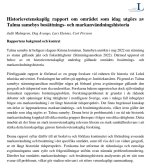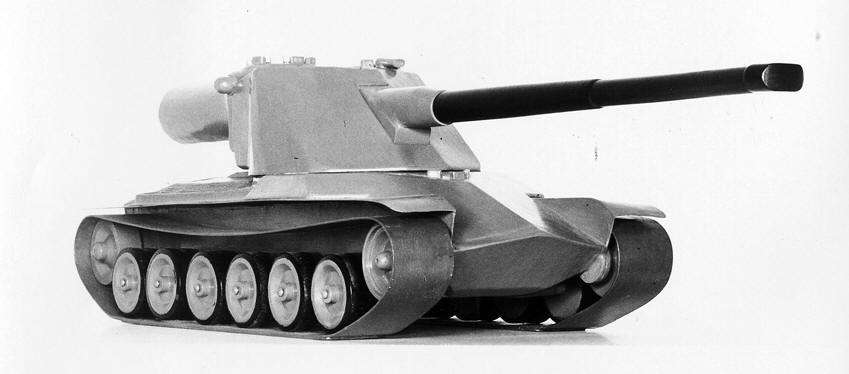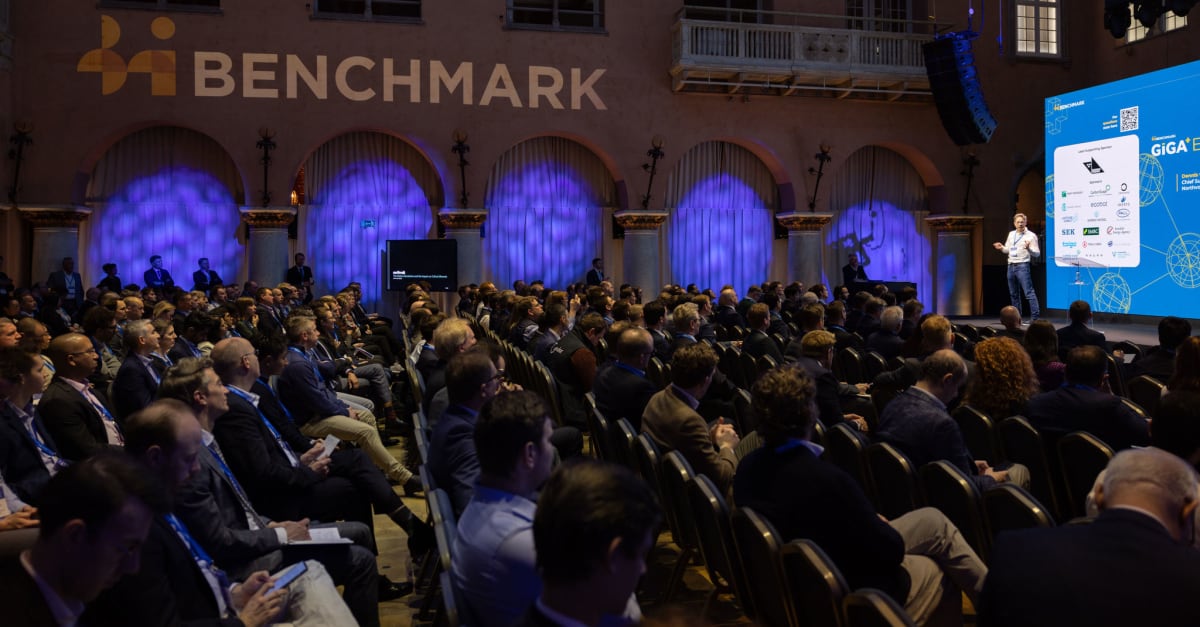"Five key takeaways from Giga Europe 2024
Europe, like much of the world, is at a key point in the green transition with batteries being a key enabling technology. Policies made today will impact both the supply and demand of the critical minerals needed out into the next decade.
Delegates of Benchmark’s Giga Europe 2024 event
converged on Stockholm, Sweden last week to discuss the state-of-play, and future, of Europe’s lithium ion battery industry.
“We have done great things together but we have to do more,”
Maroš Šefčovič, the vice president of the European Commission, told attendees. “For that we must continue our cooperation and work together to find innovative solutions to the challenges we face.”
Here, Benchmark Source outlines five key takeaways from the event.
1. Critical minerals are still at the top of battery makers’ agendas
With battery demand increasing, the capacity of gigafactories in Europe is set to keep rising from 135 gigawatt-hours in 2023 to 1.3 terawatt-hours in 2030, according to
Benchmark’s Gigafactory Assessment, with critical mineral demand following suit.
“That’s the revolution we are facing not just to create the batteries but of course the critical raw materials as well because half of the bill of material of a battery is from raw materials,” Dennis van Schie, chief supply chain officer at Northvolt, said.
Supply of these raw materials is currently inadequate to match future European demand
even if the markets are relatively balanced in the near term.
“We know this
wave of demand is coming and while supplies are adequate now, as we reduce those investments and reduce that future pipeline, we’re creating future periods of volatility,”
Caspar Rawles, chief data officer at Benchmark, said.
2. Europe needs to face up to ESG and geopolitical risks
Currently, much of the supply of critical raw materials is dependent on China. Although the country doesn’t dominate in the mining of these minerals, the world relies on Chinese supplies of processed minerals.
Similarly, upstream supply of minerals such as cobalt and nickel are highly dependent on the Democratic Republic of Congo and Indonesia, respectively.
Dependence on any one country for minerals exposes Europe to greater supply and geopolitical risks, especially if that country is not aligned with Europe’s policy goals. As such,
cooperation with allies will be key to developing secure supply chains.
“We keep collaborating, identifying opportunities, sharing our expertise, interchanging people so we can identify the most efficient ways of extracting critical metals,” John Langoulant, Agent General of the Government of Western Australia, said.
Martin Philips, the chief executive of
Talga, emphasised the importance of developing a sustainable supply chain. “I would challenge the gigafactory procurement teams to show how to […] start to move towards a more sustainable, more ethical supply chain,” he said.
3. Permitting needs reform
It is no secret that permitting for mines and processing facilities in Europe is slow, a point repeatedly emphasised during the event.
“Decisions are quite decentralised,” Ebba Busch, deputy prime minister of Sweden, said. “So you have to have permits from very many different parts of society, which makes the decision making quite lengthy, slow and unpredictable.”
Whilst it is imperative that concerns from local communities are listened to and acted upon, Alban Letailleur, business director for lithium at Imerys, said local opposition is a “key bottleneck”.
To tackle this, Europe’s Critical Raw Materials Act (CRMA) aims to reduce the total duration of the permit granting process to 27 months or fewer for extraction projects, or 15 months for processing recycling projects.
4. Europe needs more investment and finance
Peter Handley, head of the unit for energy-intensive industries and raw materials at the European Commission,
said that the key to building out the supply chain was to
encourage the downstream to invest into upstream projects.
“If the mid and downstream companies are not there, ready to invest in such projects then those projects will be taken by others,” he said. “The mid and downstream need to be looking upwards.”
Some delegates contrasted the finance scene in Europe to that of the US which is relatively simple thanks to the clear tax incentives included in the Inflation Reduction Act and the faster decision making of loan programs such as that from the Department of Energy.
“The
US is clearly well ahead of Europe,”
Paul Betts, managing director of RBC Capital Markets, said. “I think there’s a reform going on and I hope Europe follows suit.”
However,
Minister Busch didn’t believe the EU should necessarily take this approach, saying the state should act more as a “catalyst or an accelerator for the green transition.”
5. Europe’s policies are sending the right signals
Delegates at Giga Europe 2024 were, on the whole, positive about the policy direction of the EU.
Giorgio Corbetta, EU affairs director at Eurobat, praised the new policies. “There’s a lot of good pieces of legislation that we have at our disposal now,” he said. “We should leverage [these] to continue helping the European Union assert itself as the climate action champion.”
Much of Europe’s policy includes targets relating to recycling. Panellists at the event debated whether
they were ambitious enough, but all agreed they were a good start.
“I think [the regulations] are giving the kick on recycling, pushing investment, and developing capacities,” Daphne Peres, lead buyer of battery raw materials at the Volvo Group, said.
Minister Busch summarised the sentiment saying “The EU is walking in the right direction but our value chains must become more secure.”
Giga USA 2024
Like Europe, the US is deploying policy to encourage the build out of its battery industry and associated supply chains. Join us in Washington DC 11-13 June 2024 for
Giga USA where we will dive into the battery supply chains of the US."
Europe, like much of the world, is at a key point in the green transition with batteries being a key enabling technology. Policies made today will impact both the supply and demand of the critical minerals needed out into the next decade. Delegates of Benchmark’s Giga Europe 2024 event converged...

source.benchmarkminerals.com








